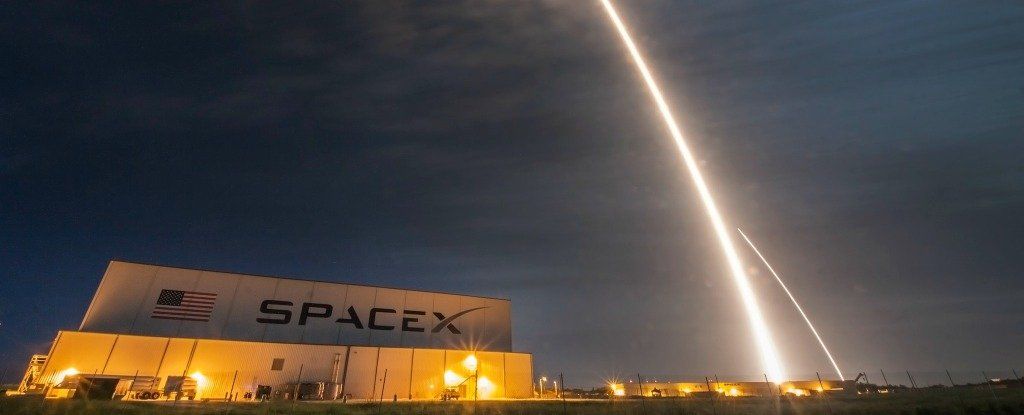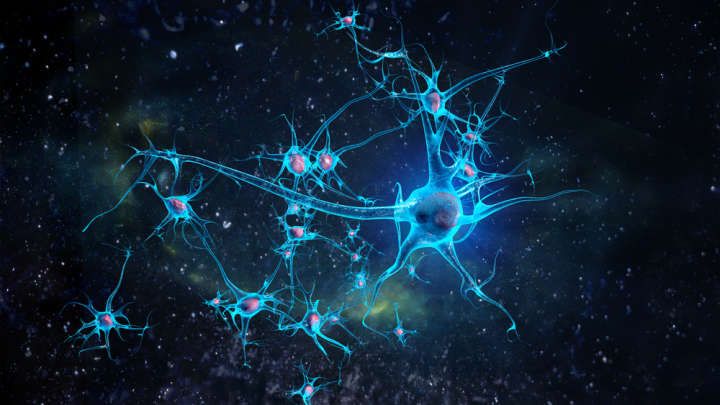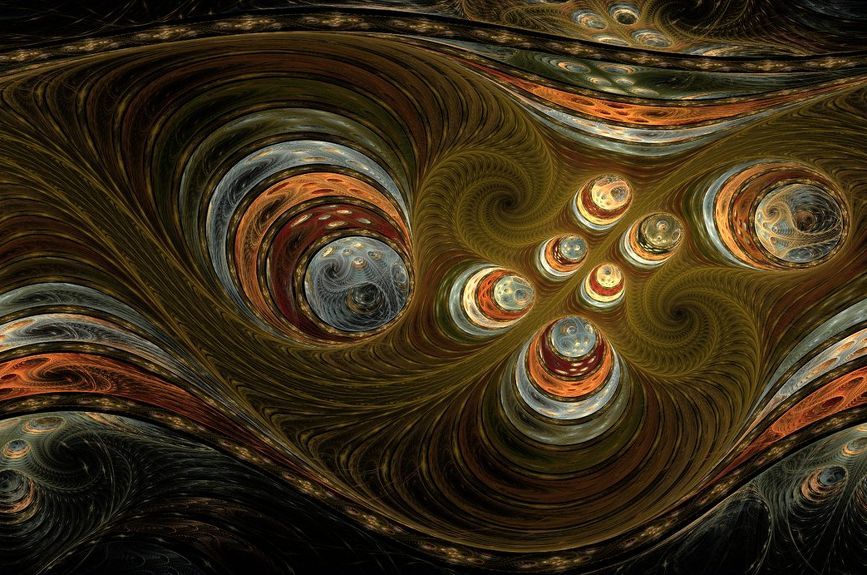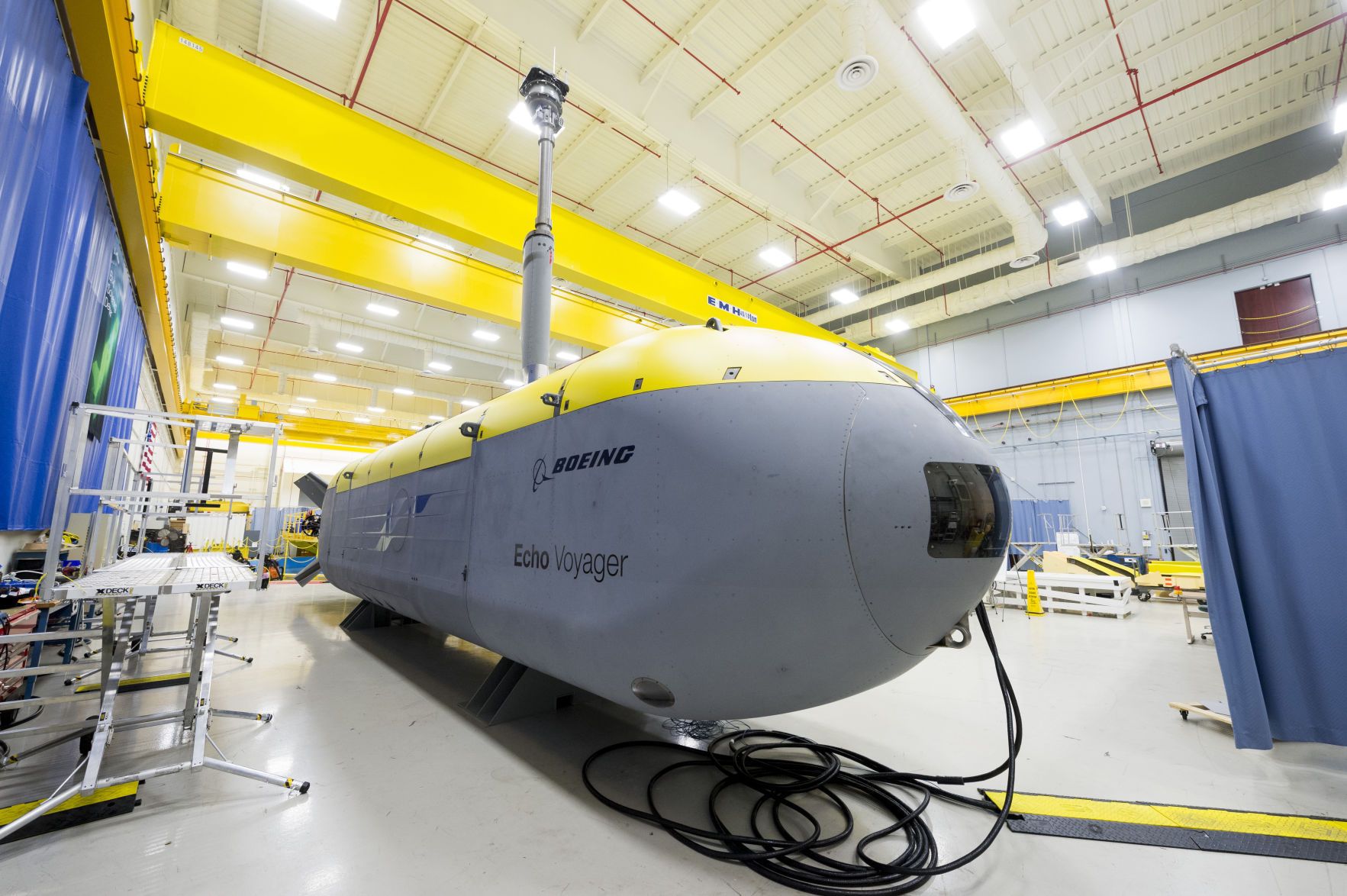Efforts to explain a strange cold spot in the cosmos have led to the discovery of something even odder: a vast area with very little matter.
SpaceX, the aerospace company founded by the Mars-hungry tech entrepreneur Elon Musk, just made a big move to enshroud the planet in high-speed internet coverage.
On November 15, the company filed a lengthy application with the Federal Communications Commission (FCC) to launch 4,425 satellites. (We first heard about the filing through the r/SpaceX community on Reddit.) That is a hell of a lot of satellites.
According to a database compiled by the Union of Concerned Scientists, there are 1,419 active satellites currently orbiting Earth.
China launched a satellite this month that may be the key to a successful manned Mars mission and eventual colonization of the red planet beating out a similar NASA system scheduled to launch next year.
The world’s first X-ray navigation satellite acts like a GPS guidance system for spacecraft traveling beyond low Earth orbit and is intended to help China put rovers on the moon and Mars.
The X-ray Pulsar Navigation 1 (XPNAV) satellite measures radiation emitted by pulsars to pinpoint the exact location of a spacecraft, John Pye, manager of the Space Research Centre at the University of Leicester, told VICE News.
Fast tracking to singularity. We will see an acceleration of Synbio technology in this space and once QC is more and more available in our infrastructure we will see more and more adoption due to performance and reduce risks.
COMPUTER scientists attempting to electronically replicate the human brain are close to creating a ‘living PC’.
For many years, scientists believed that our brains were unable to produce new neurons once we had been born, and that we all had to make do with the brain cells we started life with. Later, it became clear that new brain cells are in fact created in some key brain regions, replacing those that become damaged and protecting us from dementia. Now, researchers have discovered that the stem cells giving rise to these neurons originate in the membranes encasing the brain, known as the meninges.
Publishing their findings in the journal Cell Stem Cell, the authors claim that their discovery of this source of stem cells could one day lead to new treatments for brain damage or neurodegenerative disorders.
Most neurogenesis in the adult brain occurs in a region called the hippocampus, where the creation of new brain cells ensures our memories remain in working order as we age. The meninges penetrate the brain at every level, encapsulating a number of different regions, including the hippocampus.
The 20th century was loaded with experiments and discoveries that I sometimes forget how big of an impact things like quantum theory really had on our lives. Bold new thought experiments and suggestions have been made that seemingly left us wondering what our universe might be made of after all.
As unmanned aerial drones have become a critical part of modern warfare, the Pentagon is now looking to deploy autonomous robots underwater, patrolling the sea floor on what one top Navy official called an “Eisenhower highway network,” complete with rest stops where the drones could recharge.
Although still in the development stages, the technology has matured in recent years to be able to overcome the vast difficulties of operating underwater, a far more harsh environment than what aerial drones face in the sky.
Saltwater corrodes metal. Water pressure can be crushing at great depths. And communication is severely limited, so the vehicles must be able to navigate on their own without being remotely piloted.
I have been evangelizing this for a while and glad to see others chiming in.
London, Nov 26 (IANS) Researchers have engineered cells with a “built-in genetic circuit” that produces a molecule that impairs the ability of cancer cells to survive and grow in their low oxygen environment.
The genetic circuit produces the machinery necessary for the production of a compound that inhibits a protein which has a significant and critical role in the growth and survival of tumours.
This results in the cancer cells being unable to survive in the low oxygen, low nutrient tumour micro-environment.









